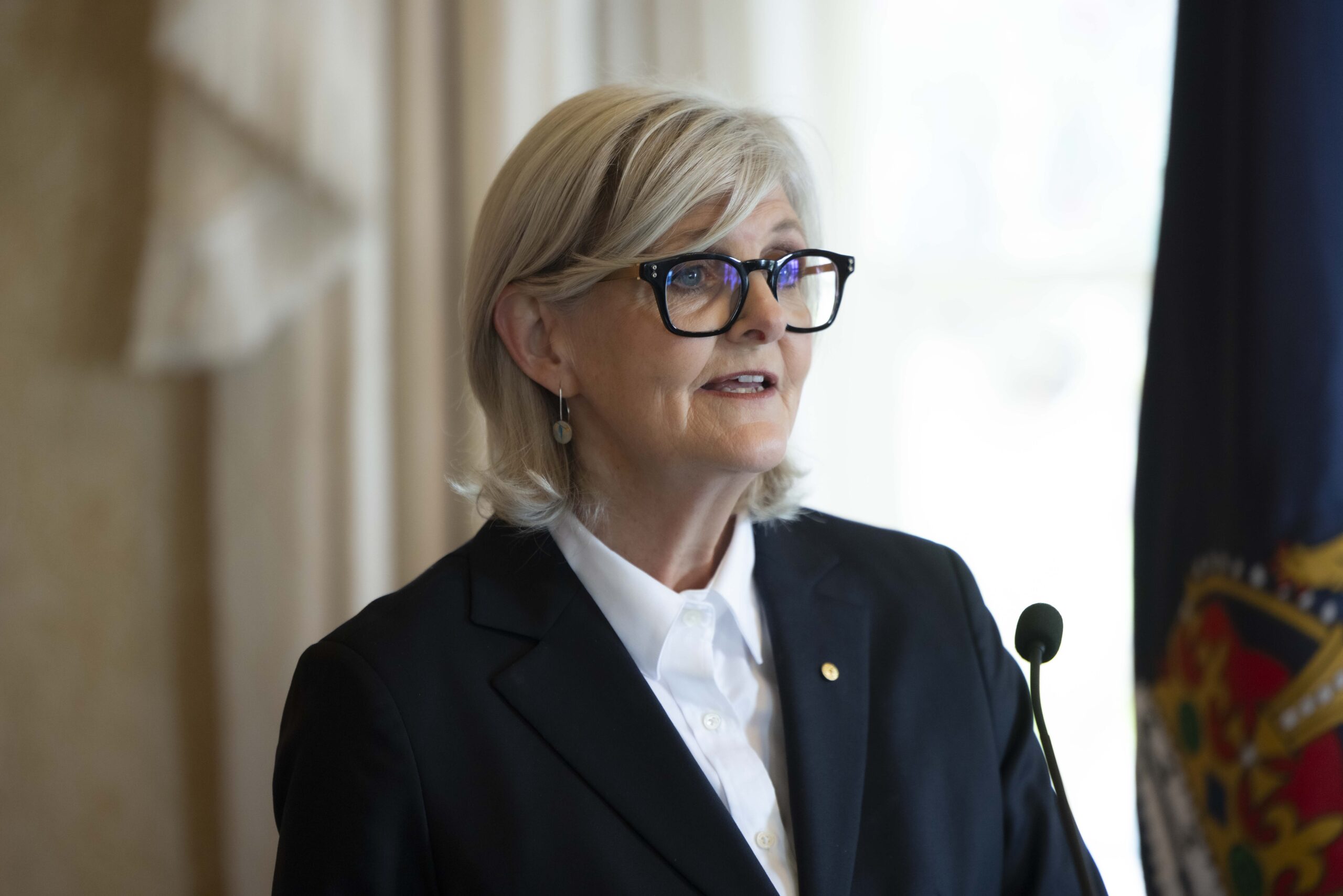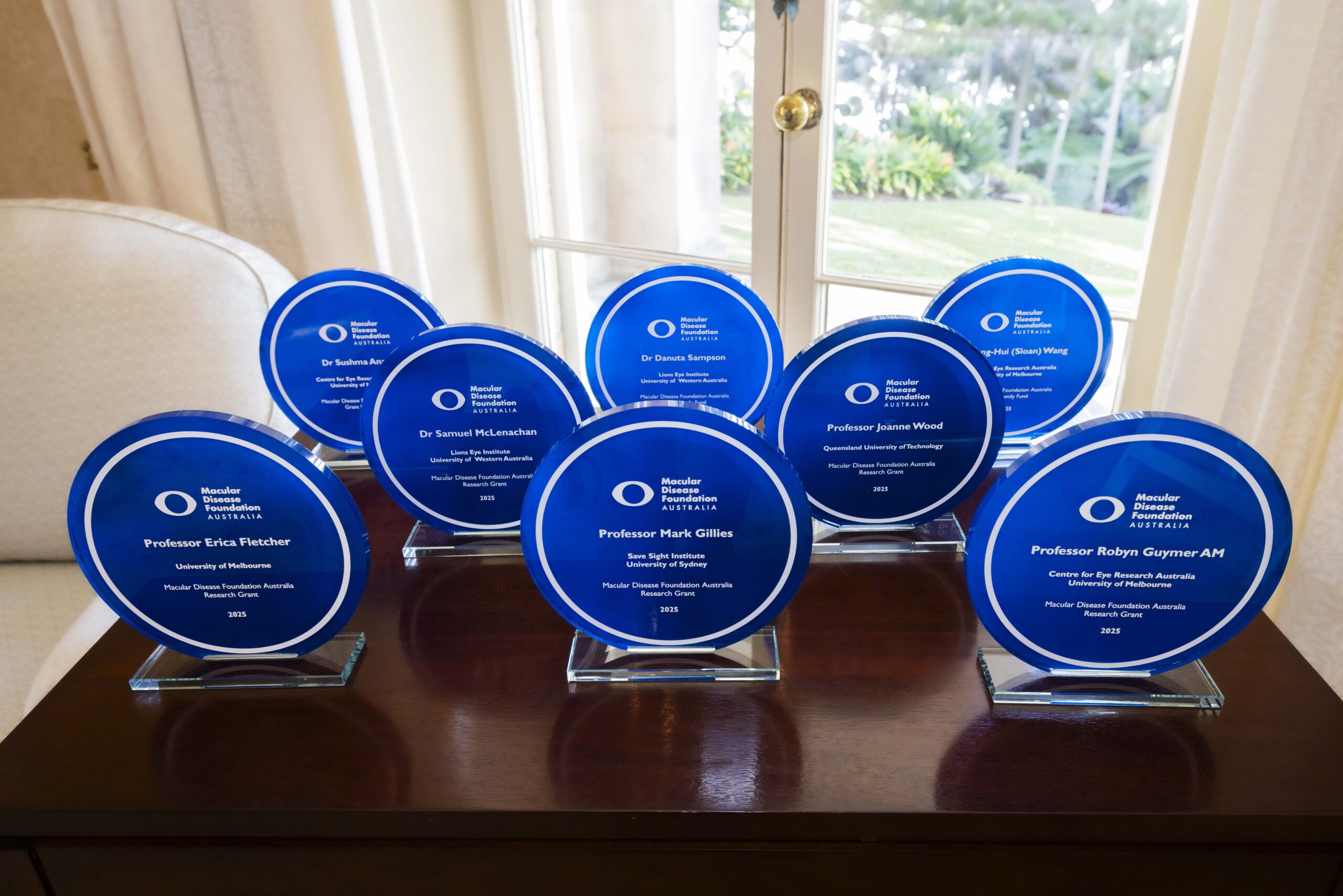The Macular Disease Foundation Australia welcomes the release of a white paper, “Advocating for Improved Treatment and Outcomes for Wet age-related macular degeneration”.
The Angiogenesis Foundation’s white paper is the result of a convening of international experts in Sydney last July to develop a road map for the management of ‘wet’ age-related macular degeneration, the leading cause of blindness in Australia.
The Australian Wet age-related macular degeneration Coalition Expert Summit was convened by the Angiogenesis Foundation and Macular Disease Foundation Australia (formerly Macular Degeneration Foundation) which marked a significant step forward in the fight against this eye disease.
Healthcare stakeholders from across Australia gathered in Sydney to address barriers to timely and optimal care for Australian patients suffering from vision loss due to wet age-related macular degeneration.
Macular Disease Foundation Australia CEO, Julie Heraghty said, “The document summarises key discussions from the summit and makes specific recommendations aimed at informing national health services, the clinical and research community, and patient advocates.
“We hope this white paper will play an important role in influencing the management of macular degeneration in the future. The treatment window for wet age-related macular degeneration is relatively short, so any delay in treatment can mean the difference between retaining vision and going blind,” said Heraghty.
The number of Australians living with age-related macular degeneration is expected to grow to over 1.7 million by 2030 in the absence of effective prevention and treatment measures.
More that can be done for all those in need and to reduce the burden of treatment.
Australia is a global leader in providing affordable and accessible care to people with wet age-related macular degeneration, however there is still more that can be done for all those in need and to reduce the burden of treatment.
New therapies and diagnostic techniques have produced a paradigm shift in the diagnosis and treatment of wet age-related macular degeneration, specifically antiangiogenesis therapy and spectral domain optical coherence tomography (SD-OCT). These techniques – along with early diagnosis – can prevent, slow and in some cases even reverse vision loss. However, along with other barriers to treatment, affordability of OCT has been an issue for Australian patients, rendering a need for greater access to treatment.
“Wet AMD is a silent epidemic of the aging global population,” commented Dr. William Li, President of the Angiogenesis Foundation. “Helping the elderly preserve their vision through effective use of antiangiogenic treatments is an important way to ensure a high quality of life.”
Helping the elderly preserve their vision through effective use of antiangiogenic treatments is an important way to ensure a high quality of life.
Dr. William Li, President of the Angiogenesis Foundation
The white paper provides an extensive analysis of the issues and needs for age-related macular degeneration patients in Australia’s healthcare system, and can be downloaded here.
Don’t think you need this as the pdf is the same as the article here:
To download the media release click here.
Posted: 10 May 2013
















